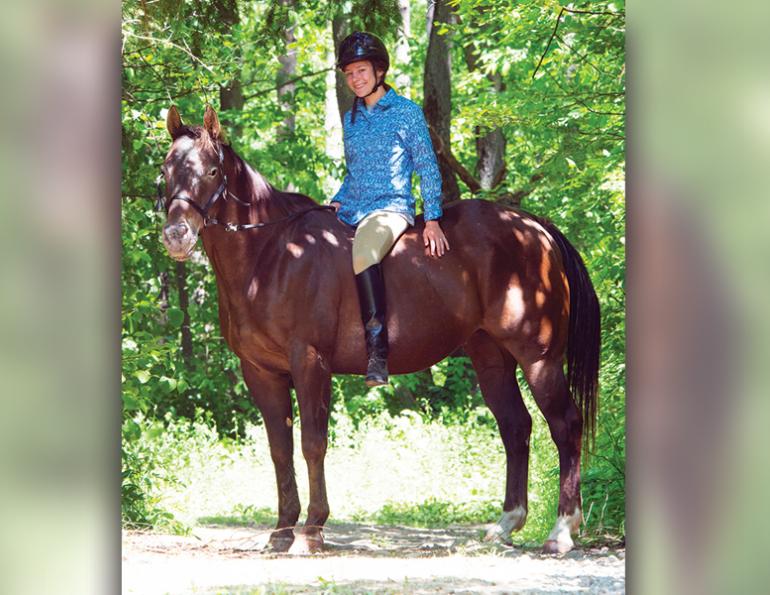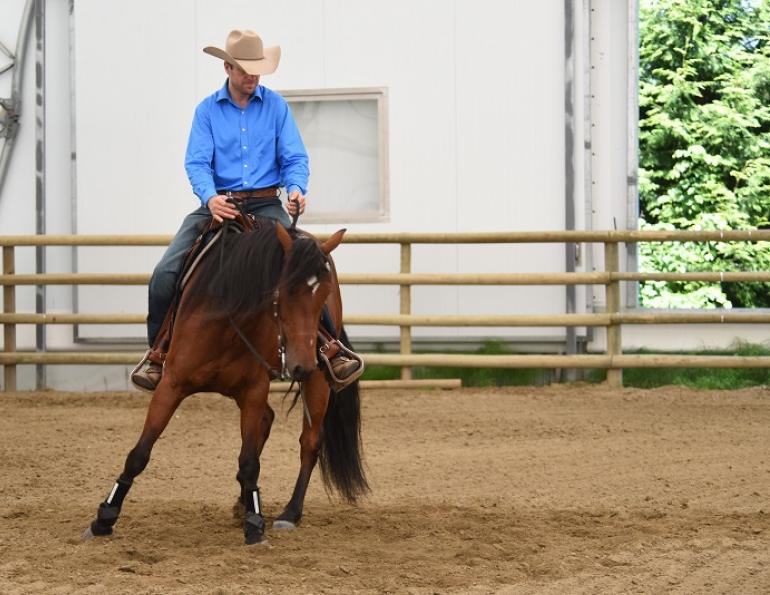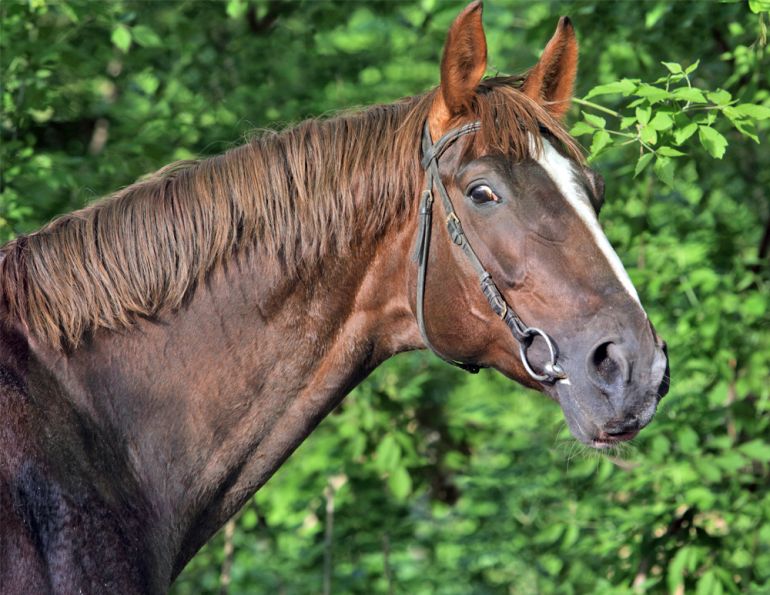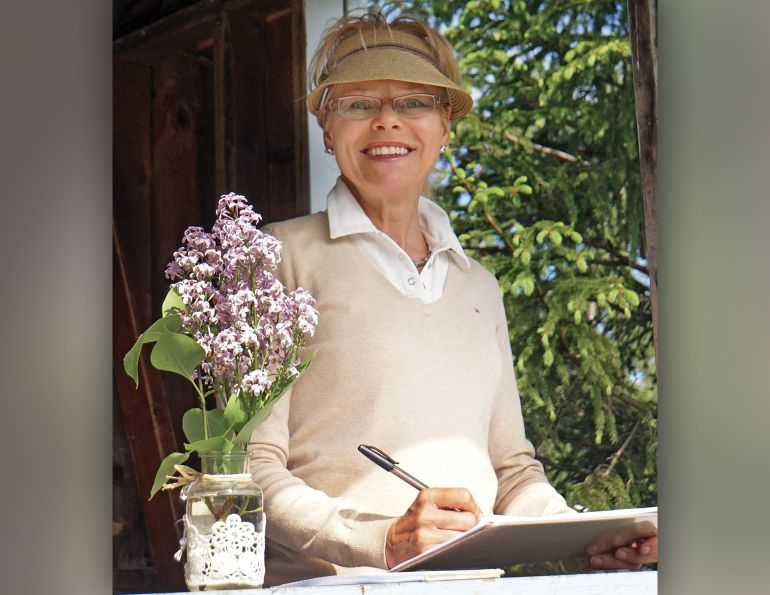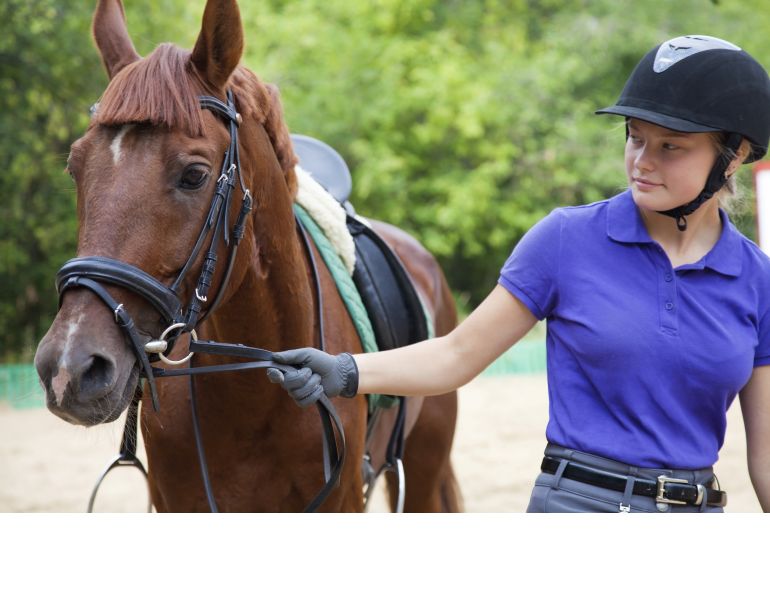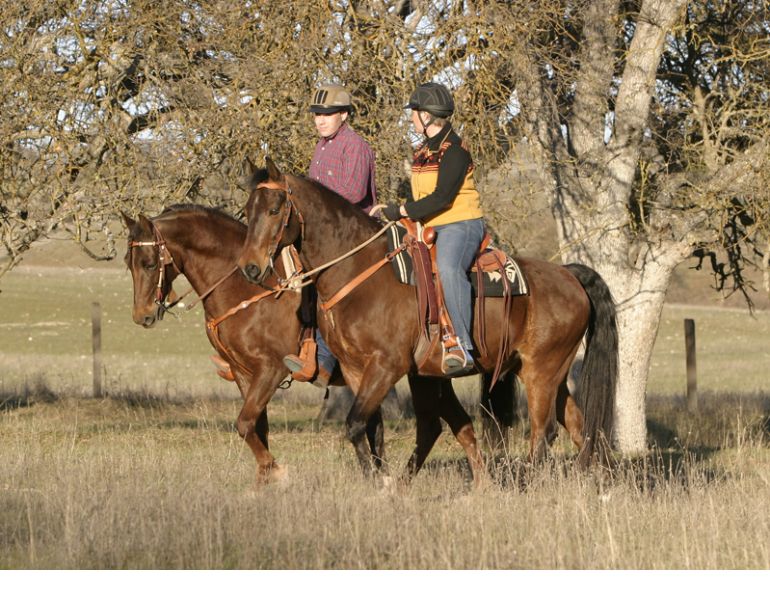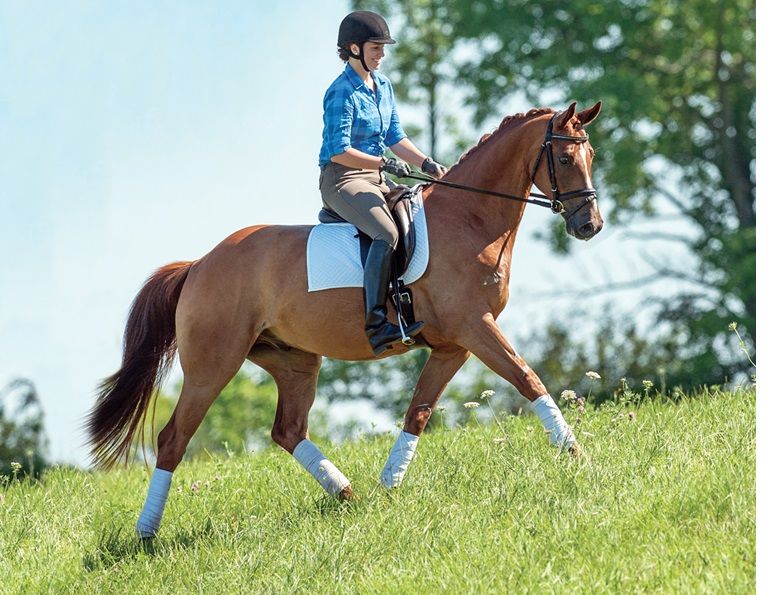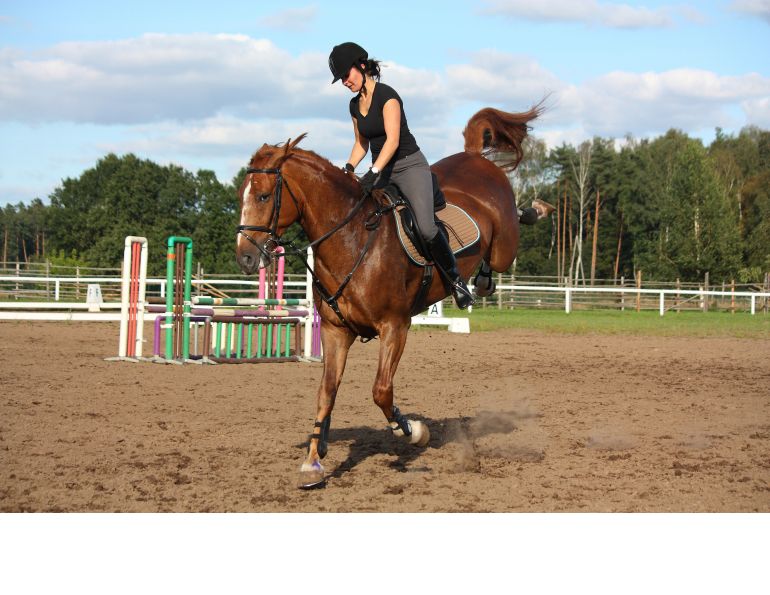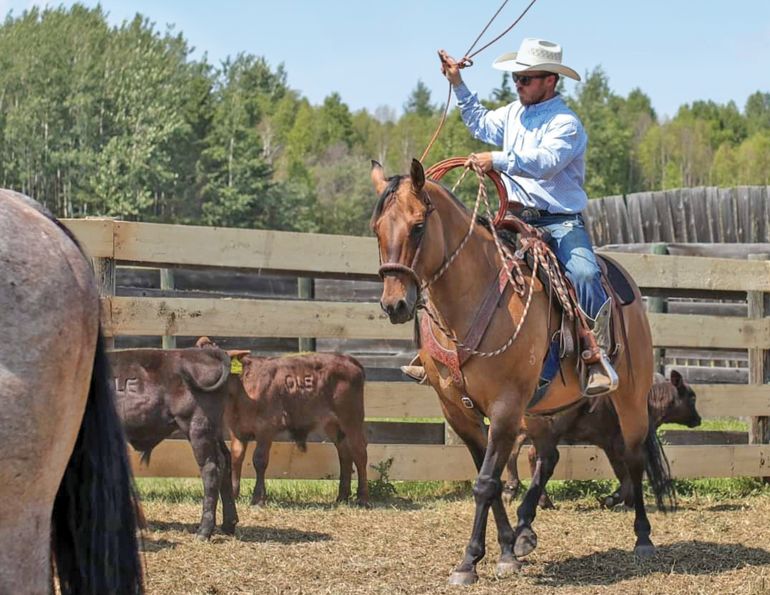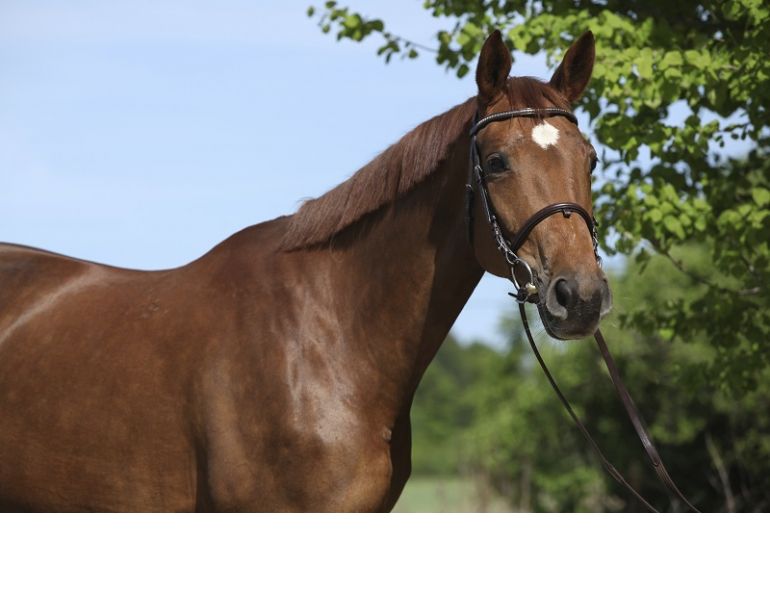Why do we have them? What keeps us practicing them?
By Alexa Linton, Equine Sports Therapist
As I write this article, I find it ironic that I am laid up on the couch with a lower back injury, brought on by the age-old tradition of lifting, hauling, and generally doing way too much when my body wasn’t up to the task. From my recovery position, it seems fitting to attempt to grapple with the rather sticky topic of traditions, and why we often feel so compelled to stick to them. I’ve touched on this a little in my past articles, but today I want to really dig in and unpack why and how traditions become traditions and what keeps us practicing them, sometimes long past their best before date.
Online I found traditions defined as: the transmission of customs or beliefs from generation to generation, or the fact of being passed on in this way. It seems fitting to confess a few of the traditions inherited from my riding instructors, mentors, and friends as I learned about horses and riding. Here are a few of the traditions that were drilled into my head by well-meaning instructors and mentors:
- Horses should be led and mounted from the left (this came from way back, when mounted soldiers carried their sword over their left leg);
- Tack should be cleaned after every ride (I really wish this tradition had stuck, but alas, it did not);
- Horses must be ridden with a bit and a saddle (apparently that one didn’t stick either!); and,
- Doing anything much with horses other than riding is not the point.
Each one of us can look at our previous or present way of interacting with horses and think of at least a few things we do that we learned from someone we looked up to. When asked why we do these things or hold these beliefs, we say it’s because we’ve always done it this way, or because our trainer told us to.
Related: Get it Done Horsemanship
I propose that our traditions, which are an important part of the human experience and play a valuable role in passing down knowledge and wisdom, receive a healthy dose of skepticism. I wanted to write on this topic for a few reasons, but mainly to highlight the potential use of a traditional way of doing something as an excuse to do harm. An example would be using a particular bit because my trainer or family or method of riding has always used this bit, even though it doesn’t fit my horse, my horse shows discomfort when wearing it, and there is scientific evidence that this style of bit is harmful and outdated. My continued use of this piece of tack is obviously harmful, and yet my need to stick with tradition justifies its continued use.
I spend an annoying amount of time questioning my motives, and more often than not, find that it is habit and not a conscious awareness that drives my behaviour. I know I’m not the only one. It’s part of what makes traditions so important, as we follow in the footsteps of those who have gone before without having to constantly reinvent the wheel, and we hopefully learn from the wisdom and mistakes of those whose footsteps we follow. However, labelling something a “tradition” when it is really just a habit or a pattern that is easier to stick to rather than change, one that is not guided by wisdom but rather by convenience, is an easy rut to fall into. Our horses are better off when we question ourselves, our motives, and the parts of our horse care and horse training that fit into the category of traditional. After all, except for the ways horses are specifically impacted, they don’t really care about human traditions. So, are traditions harmful or helpful?
The example of mounting from the left is a fairly neutral and common tradition, but it is impactful. Being a body worker, I notice that the body shows a tension pattern when everything is being done from one side, including mounting. And for a horse, having their rider mount from both sides develops new and helpful neural pathways, as does leading from both sides. I have a suspicion one of the reasons people don’t shift this tradition is because they would also have to develop new neural programs and movement patterns, and for anyone who has tried to shift their side when doing other tasks, you know how challenging that can be.
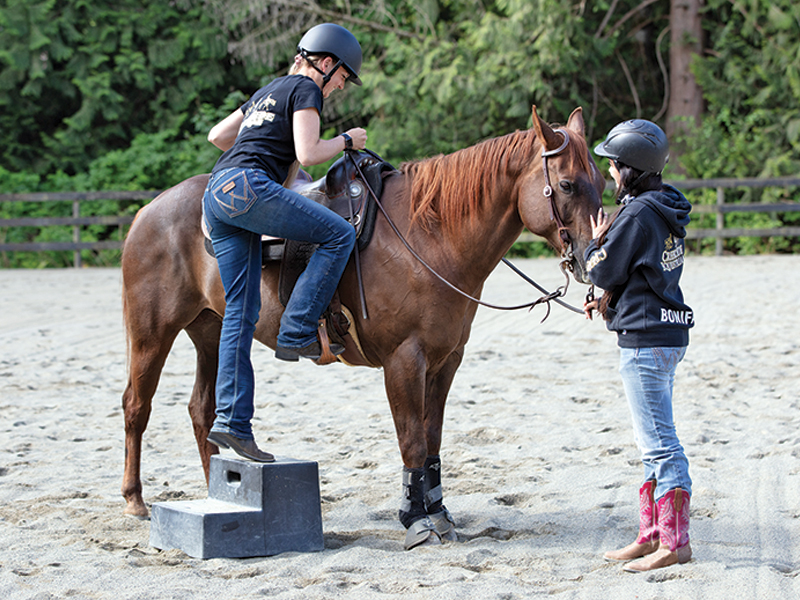
Mounting from the left side is an age-old tradition that few riders question. Photo: Sue Ferguson
Moving to a less neutral space is horse care. Recently, a controversy occurred when a well-known international rider shared publicly that she doesn’t turn her performance horses out for fear that they will injure themselves. Her horses spend every waking moment in a stall, except when they are ridden. In her opinion, this is a perfectly acceptable and normal way of caring for her horses and makes complete sense to avoid injury and expense. As you can imagine, many others in the horse world, including scientists and equine researchers, had a different view, leading to heated discussions and much upset about the potential harm this kind of environment might cause to her horses and others living this way, and the impact it would have if people follow her lead. When I examined the tradition at work here, I realized with sadness that it was numbness, or the inability or unwillingness to understand, empathize, or connect to how a horse feels or what they need. Sadly, this type of situation is all too common in the horse world, often because it is convenient, easy, less expensive, and popular.
Horse care traditions can be tricky. Just remember back to the days of your first or even your current horse, and the deluge of opinions from every corner of the barn telling you to feed this hay in these amounts, use this blanket, trim or shoe his feet this way or that. It can be overwhelming. I still have moments when I wonder about the best way to care for my horses, remembering how easy it was to sink into the traditional ways of doing things. Thankfully, I have a horse that doesn’t allow complacency; she made her opinions about her care very clear. For example, when I attempted to separate her from her buddies in a small paddock with an electric fence, she would have none of it and became increasingly challenging to handle. After a few years of trying unsuccessfully to shove her into a traditional box of horse care, we moved to an acreage in the Cowichan Valley where her needs of freedom, friends, and movement could be met. I learned as I went and made lots of mistakes as I moved from what I still refer to as a more traditional way of doing things into rather uncharted territory, from numbness to feeling, and from disconnected to connected.
When it comes to the traditions with horses that have been passed down to you, I encourage you to approach each one with a healthy skepticism, and these simple questions.
- Does this tradition in any way cause harm, even inadvertently, to my horse, myself, or any other being?
- Does this tradition have its roots in a particular culture or in my family heritage? Do I understand those roots fully?
- Is there a body of research and/or scientific evidence that is contrary to this tradition? If so, what does this research show to be true?
- What is my personal attachment to this tradition? Does the motivation behind this attachment have the well-being of my horse in mind?
- If I change or let go of this tradition, what might I lose and what might I gain?
As always, I hope this helps you build a more solid foundation for connection with your horses, and more clarity around your steps forward. Traditions are important, but they are also constantly evolving as we learn more and grow our capacity for understanding these amazing animals. Good luck and happy trails! And by the way — my back is on the mend thanks to a good solid week of rest and letting go of my tradition of pushing too hard.
Related: May I? The Role of Consent and Permission with Horses
Main Photo: Clix Photography



